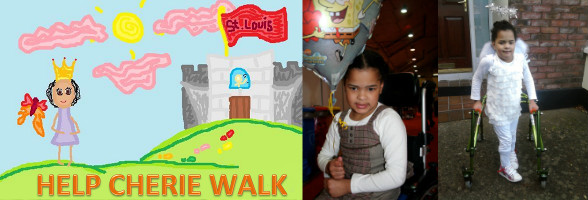
SDR
About Cerebral Palsy Spasticity
CP affects movement and posture and is caused by brain damage before, during, or after birth. The brain damage underlying CP cannot be reversed and produces life-long disabilities. Despite remarkable medical advances, the incidence of CP has not decreased, with one out of 500 children being afflicted with the disorder.
In a person with CP, damage to the brain has occurred. For reasons that are still unclear, the damage tends to be in the area of the brain that controls muscle tone and movement of the arms and legs. The brain of the individual with CP is therefore unable to influence the amount of flexibility a muscle should have. The command from the muscle itself dominates the spinal cord and, as a result, the muscle is too tense, or spastic.
Patients with CP do not have deformities of the extremities at birth but develop them over time. Spasticity of muscles, along with the limitations on stretching and use of muscles in daily activities, is a major cause of deformities.
About SDR
Selective Dorsal Rhizotomy is a neurosurgical procedure currently performed on patients with cerebral palsy (CP), which involves sectioning (cutting) of some of the sensory nerve fibres which come from the muscles and enter the spinal cord.
At the time of the operation, the neurosurgeon divides each of the dorsal roots into 3-5 rootlets and stimulates each rootlet electrically. By examining electromyographic (EMG) responses from muscles in the lower extremities, the surgical team identifies the rootlets that cause spasticity. The abnormal rootlets are selectively cut, leaving the normal rootlets intact. This reduces messages from the muscle, resulting in a better balance of activities of nerve cells in the spinal cord, and thus reduces spasticity. At present, SDR is the only surgical procedure that can provide permanent reduction of spasticity in CP.
There is quite a bit more to it than what I have mentioned, and full details can be found in the link below to the children's hospital. This surgery is performed by Dr. T.S. Park who specialises in paediatric neurosurgery and treating children with cerebral palsy. Dr Park has now been doing the surgery for over 24 years with 100% success rate.
Further detailed information about the actual procedure can be found on the St Louis Hospital website - About Selective Dorsal Rhizotomy
How Cherie will benefit from the SDR
Dr Park believes that Cherie is an excellent candidate for the procedure, and can expect the following post-operative improvements:
- Her spasticity will be permanently reduced.
- Her sitting and standing postures will improve.
- Her transitions between postures will be easier and faster.
- Her balance and level of comfort will both improve
- Cherie will be able to walk independently in all environments.
- Her in-toeing will improve.
